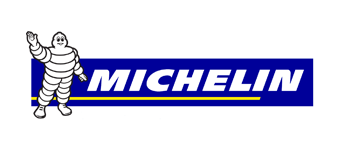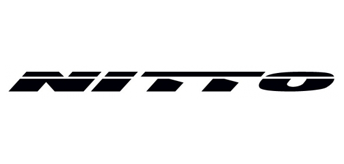Brakes & Shockers Repairs

Although we all know this, sometimes we can let things slip. To help protect the safety of you and your loved ones, follow this Seven Point Brake Checklist. If you notice any or all of them, it is time to get your brakes professionally checked.
- Loss of grip when braking
- The feeling of your car pulling left or right when braking
- A sloppy, soft or low brake pedal
- Shuddering through your steering wheel when braking
- Squeals, screeches and high pitched noises when breaking
- Your brake system warning light flashes
- Your car takes longer to stop than normal
How does the brake system on my car work?
When you press your brake pedal, you engage a complex system. Here’s how it works: the applying of the brake pedal forces brake fluid to engage systems that force the brake pad onto the brake disc rotor, causing friction and bringing your car to a stop. The brake pads of your car are fitted to the brake caliper, this is the part of the car that applies and releases the brake pads from the disc rotor.
Brake calipers comprise the brake caliper housing, inside this housing is a piston or pistons (depending on your car) that push or release when the brake pedal is pressed or released. Specifically designed rubber components ensure that the brake (hydraulic) fluid does not leak from the system or allow dirt and grime into the system.
When you get your brakes checked, they may recommend a brake caliper overhaul for safety and economic reasons.
When having your brake calipers overhauled it is best to have both calipers on the same axle overhauled. This will help to maintain balanced, precise braking, help to extend brake pad life and most importantly keep you safe if an emergency braking situation occurs.
What is brake disc rotor care so important?
The brake disc rotors are a vital part of the braking system. The discs are circular metal plates in which the brake pad is forced up against to slow or stop the car. The smoother the surface, the more efficiently friction can be obtained to slow your car.
So when new brake pads are fitted, machining or replacement (if worn below acceptable roadworthiness limits) of disc rotors will ensure your safety and the maximum possible braking efficiency.
For safe and efficient braking, new brake pads must fit perfectly against the disc rotor.





























